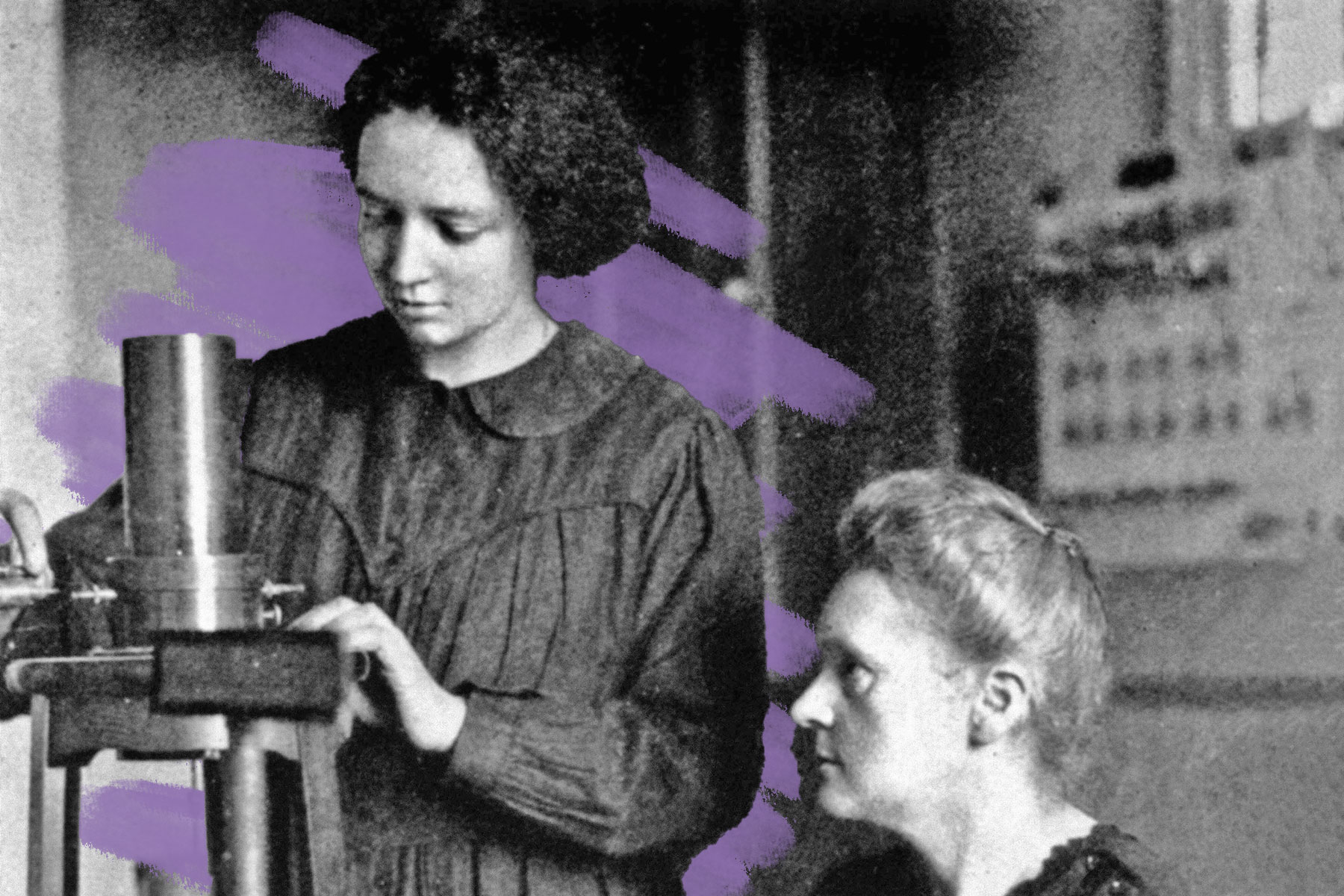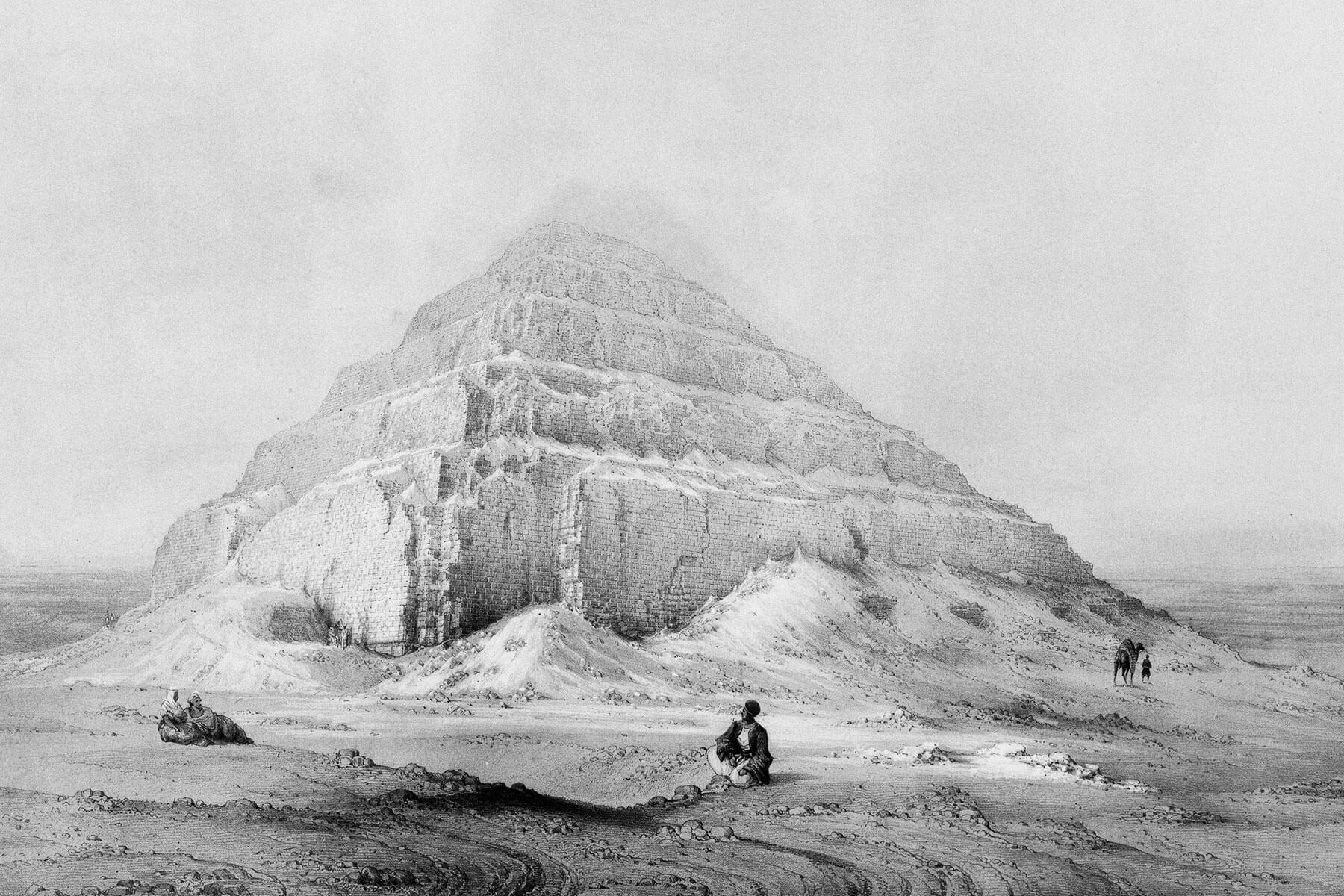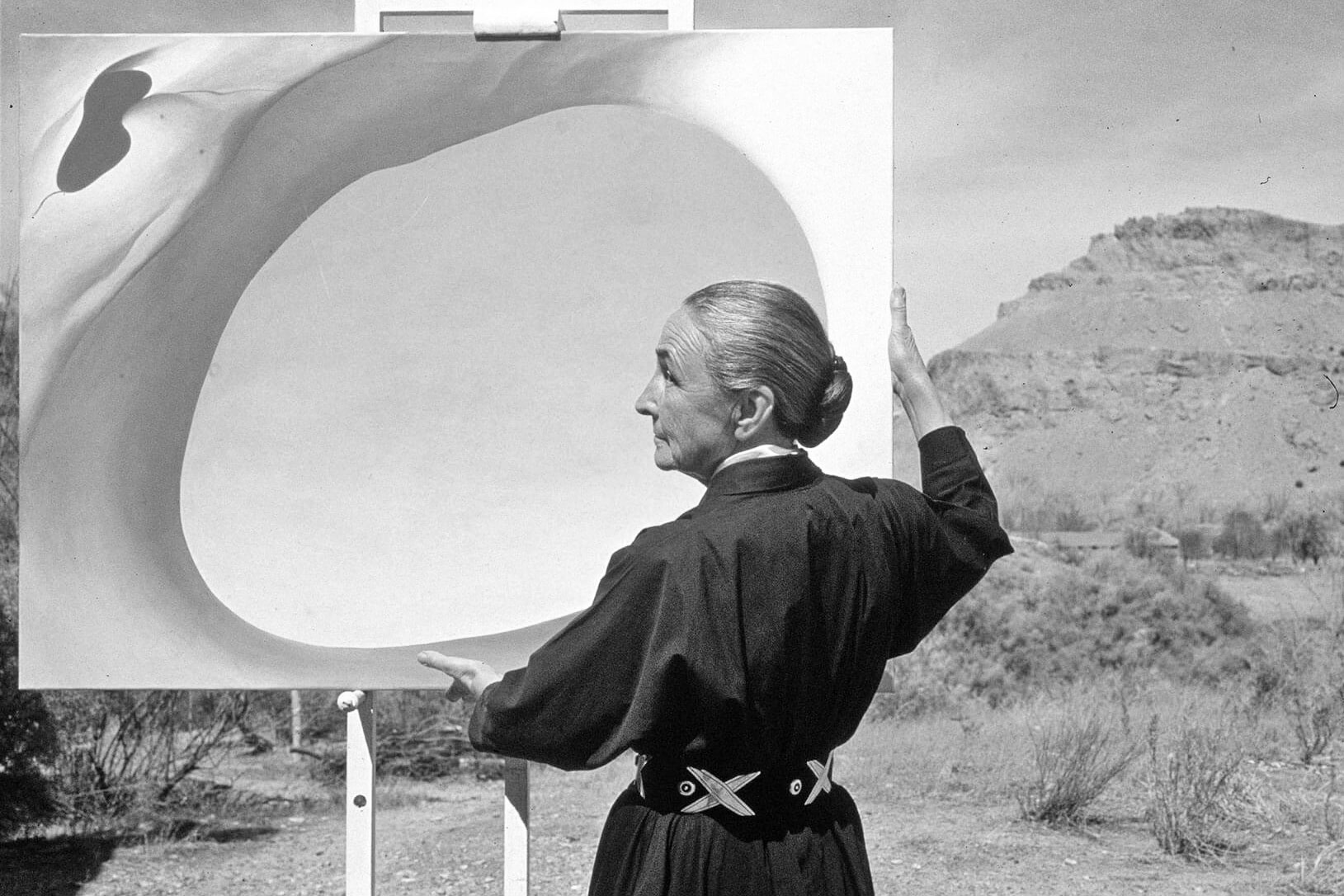This whole famous family won the Nobel Prize
Wednesday, September 18, 2024
In 1903, Marie Curie won the Nobel Prize in physics for her study of radioactivity, including the discovery of the elements radium and polonium. |
| |
| |
|
 |
|
| I n 1903, Marie Curie won the Nobel Prize in physics for her study of radioactivity, including the discovery of the elements radium and polonium. She shared the award with her husband, physicist Pierre Curie, and engineer Henri Becquerel. The Curies' aptitude for science seems to have been hereditary, because in 1935, their daughter Irène Joliot-Curie also won the Nobel Prize, in chemistry, for her own study of radioactive elements. Like her mother, Joliot-Curie shared the prize with her husband, physicist Frédéric Joliot-Curie. |
|
|
| Irène and Frédéric developed a technique for inducing artificial radioactivity in previously nonradioactive elements, a breakthrough that had widespread ramifications. Scientists were better able to observe the behavior of atoms as they underwent radioactive decay, which led to new insights into atomic structure and nuclear physics. In medicine, radioactive iodine prepared using the Joliot-Curies' methods became a key means of treating thyroid diseases, and the ability to easily produce radioactive material at a commercial scale was essential to the development of new cancer treatments. In the years following her Nobel Prize win, Irène followed in her mother's footsteps once more; in 1946, she became the director of the Radium Institute in Paris, where Marie ran her own laboratory for 25 years. |
|
 |  |
|
|
 |
|
| |
|
| Atomic number of curium, a radioactive element named after Marie and Pierre Curie | | | 96 |
| | | Nobel Prizes awarded to members of the Curie family | | | 5 |
| | | Nobel Prizes awarded to members of the Curie family | | | 5 |
|
|
|
| Degrees Fahrenheit 1 gram of polonium will reach when it degrades | | | 932 |
| | | Irène Joliot-Curie's age when she became her mother's lab assistant at the Radium Institute | | | 21 |
| | | Irène Joliot-Curie's age when she became her mother's lab assistant at the Radium Institute | | | 21 |
|
|
|
 |
|
 | | Did you know? |
|
|
Marie Curie is the only person to win a Nobel Prize in two scientific fields. |
|
| In 1906, the Curie family suffered a tragedy when Pierre Curie died suddenly in an accident. Though Marie was devastated by the loss of her spouse and research partner, she carried on the research they had been conducting into the nature of radioactive elements. In 1906, she replaced her husband as a professor at the Sorbonne in Paris, becoming the first woman to hold the position, and continued her career as one of the leading physicists in the world. In 1910, she became the first person to isolate pure radium metal, a major breakthrough in the study of radioactivity. Her achievement was recognized in 1911 with her second Nobel Prize, this time in chemistry. Though other scientists have won two Nobel Prizes, Curie's recognition in both physics and chemistry gives her the unique distinction of being the only person to be awarded the prize in two different scientific fields. To this day, no other scientist has accomplished this feat. |
|


posted by June Lesley at 4:03 AM











![]()
![]()







0 Comments:
Post a Comment
<< Home